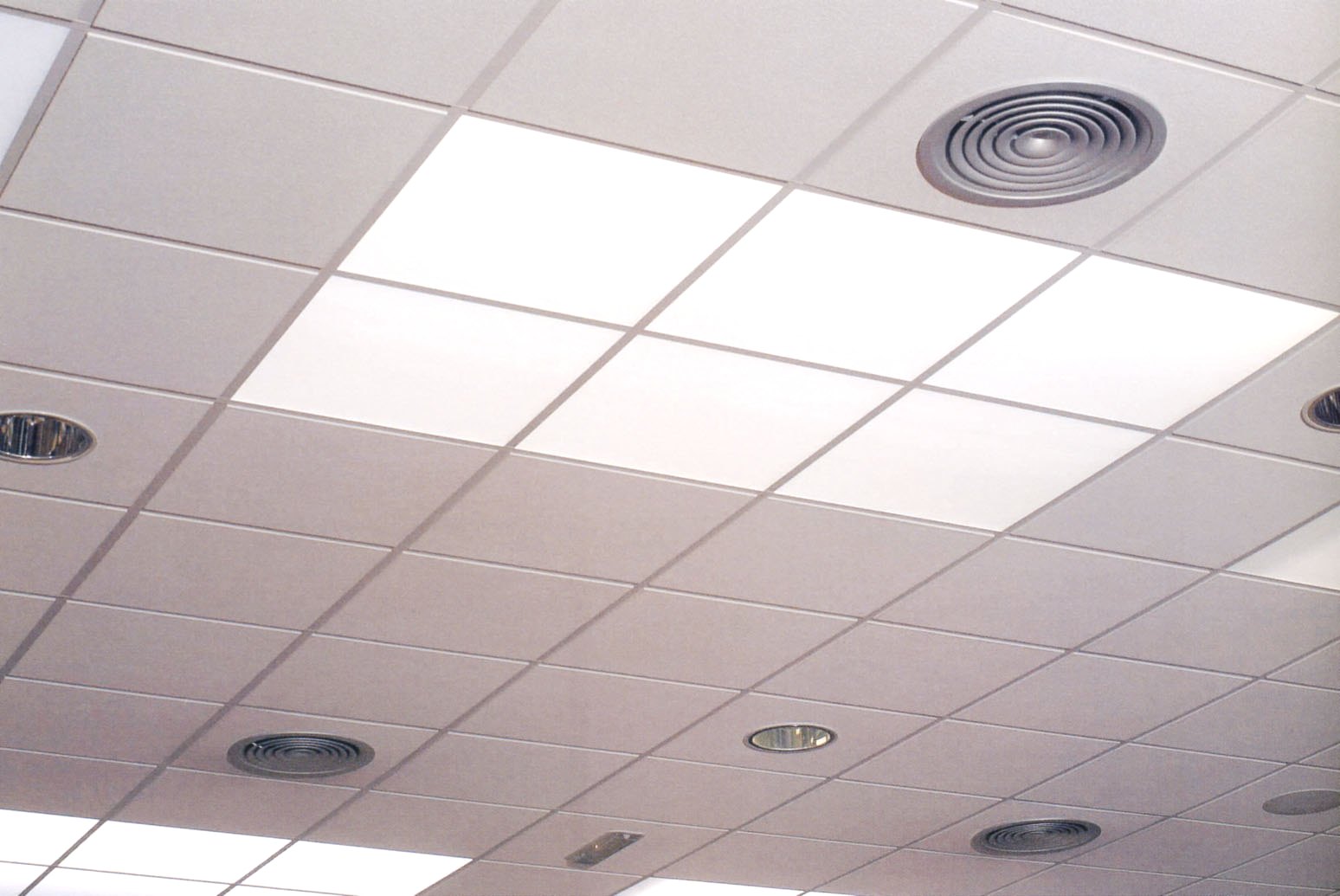Classroom ventilation
There is a need among teaching staff for up-to-date information concerning ventilation in classrooms. This is understandable, since coronavirus has placed even greater emphasis on the importance of effective ventilation. Ventilation is a priority within our organisation and has our continual attention. TU Delft applies a long-term, structural and professional approach that prioritises the health of students, staff and visitors.
Guidelines and use of classrooms
For ventilation, TU Delft follows the instructions of the government, the Dutch National Institute for Public Health and the Environment (RIVM), the Public Health Service (GGD), as well as the guidelines of the industry organisations REHVA/TVVL and Bouwend Nederland/Techniek Nederland. This means that any classrooms that are in use meet the relevant national guidelines, such as the maximum group size of 75 students, for example.
Where necessary and possible, adaptations have been made or measures taken to meet the guidelines. As a result, certain rooms are no longer in use or changes have been made in terms of admitting only a maximum number of users. In addition, recirculation has been deactivated in all ventilation systems in the buildings. This means that only fresh air from outside is used for ventilation purposes and, where necessary, adaptations have been made to the settings or capacity of ventilation systems. Instructions have also been put in place to encourage natural ventilation: for example, stating that windows must be left open in addition to the ventilation system or should actually be kept closed to enable the ventilation system to work effectively.
Readings taken
Regular readings are taken of CO2 levels in order to monitor the effectiveness of the ventilation systems. This means that action can be taken if necessary.

